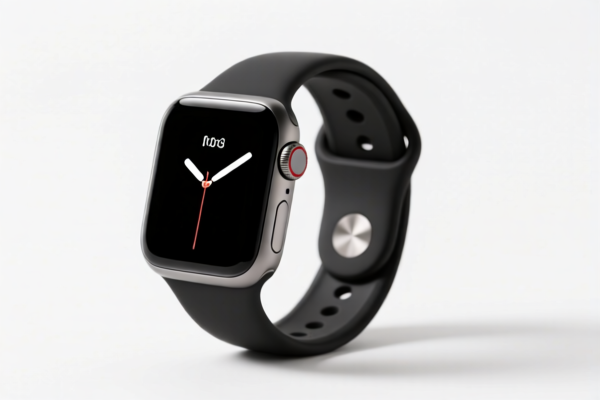| HS Code | Official Doc | Tariff Rate | Origin | Destination | Effective Date |
|---|---|---|---|---|---|
| 9114904000 | Doc | 46.3% | CN | US | 2025-05-12 |
| 9114905000 | Doc | 41.7% | CN | US | 2025-05-12 |
| 9111907000 | Doc | 43.9% | CN | US | 2025-05-12 |
| 9111905000 | Doc | 1.6¢ each + 6.8%+37.5% | CN | US | 2025-05-12 |
| 7312100500 | Doc | 80.0% | CN | US | 2025-05-12 |
| 7312900000 | Doc | 80.0% | CN | US | 2025-05-12 |
| 7326903500 | Doc | 87.8% | CN | US | 2025-05-12 |
| 7326908688 | Doc | 82.9% | CN | US | 2025-05-12 |




Pocket Watch Chain
A pocket watch chain is a decorative and functional accessory historically used with pocket watches. It serves to secure the watch, preventing loss or theft, and was often a significant display of wealth and personal style.
Material
Pocket watch chains are traditionally made from a variety of metals, including:
- Gold: A common choice, particularly 18k or 22k gold, signifying affluence.
- Silver: A more affordable option, often sterling silver.
- Platinum: Rarer and more durable, used for high-end chains.
- Steel: Used for more utilitarian or military-style chains.
- Other Alloys: Base metals were sometimes used, often plated with gold or silver.
Chains may also incorporate gemstones, enamel, or intricate metalwork.
Purpose
The primary purposes of a pocket watch chain are:
- Security: To prevent the watch from being lost or stolen.
- Convenience: To allow the watch to be easily carried and accessed.
- Decoration: To serve as a fashionable accessory and a display of status.
Function
A pocket watch chain connects the watch to a pocket, waistcoat button, or belt loop. The chain typically consists of several links, often with a "fob" or decorative attachment at one end. The chain is attached to the watch via a loop or ring on the watch's case. Different chain configurations facilitate various carrying methods.
Usage Scenarios
Historically, pocket watch chains were used in conjunction with pocket watches by:
- Gentlemen: As part of formal attire, attached to waistcoats.
- Military Personnel: Often featuring specific designs and attachments related to their branch of service.
- Railroad Workers: Heavy-duty chains were crucial for reliable timekeeping.
- Professionals: Doctors, lawyers, and other professionals used chains as part of their everyday carry.
Common Types
Several distinct types of pocket watch chains exist:
- Albert Chain: A double-chain with a T-bar or swivel attachment. The most common type.
- Fob Chain: A single chain with a decorative fob at one end.
- Vest Chain: Designed to be worn across the vest, often with a clip or hook.
- Double Albert Chain: A heavier, more ornate version of the Albert chain.
- Railroad Grade Chain: Robust chains designed for the demanding conditions faced by railroad workers.
- Watch Guard: A simpler chain, often made of steel, primarily for security.
- Belcher Chain: A chain featuring rounded, interconnected links.
Based on the material, use, and application scenarios, a pocket watch chain is typically considered an article of iron or steel, potentially used as a personal accessory.
Here are the relevant HS codes found within the provided reference material:
-
7326903500: Other articles of iron or steel: Other: Other: Containers of a kind normally carried on the person, in the pocket or in the handbag. This code may apply if the chain is considered a container or accessory normally carried in a pocket or handbag.
- 73: Articles of iron or steel.
- 26: Other articles of iron or steel.
- 90: Other.
- 35: Containers of a kind normally carried on the person, in the pocket or in the handbag.
-
7326908688: Other articles of iron or steel: Other: Other: Other: Other. This is a broader category that could encompass various iron or steel articles, including chains.
- 73: Articles of iron or steel.
- 26: Other articles of iron or steel.
- 90: Other.
- 86: Other.
- 88: Other.
Regarding HS code 7326903500 and 7326908688, please note the applicable tariff is a base tariff of 7.8% or 2.9% respectively, plus a 25.0% additional tariff, and a 30% additional tariff will be applied after April 2, 2025. Additionally, a 25% additional tariff applies to steel and aluminum products.
Customer Reviews
No reviews yet.